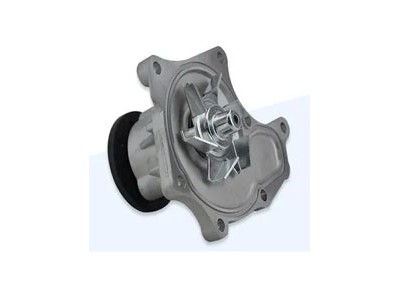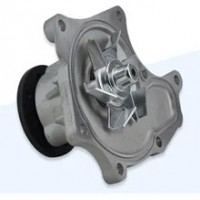Automobile engine parts are the heart of automobile, which provide power for automobile walking, and are related to the power, economy and environmental protection of automobile. In short, the engine is an energy conversion mechanism, which converts the heat energy of gasoline into mechanical energy by expanding the combustion gas in the sealed cylinder and pushing the piston to do work.
Because the working principle of the engine is similar, the basic structure is similar. Gasoline engine is usually composed of two mechanisms and five systems, and diesel engine is usually composed of two mechanisms and four systems. The engine assembly is composed of a crank connecting rod mechanism: the core of realizing heat energy conversion, and it is also the assembly basis of the engine. Valve distribution mechanism: ensure timely air exchange of cylinder. Fuel system: control the amount of fuel input to the cylinder in each cycle to adjust the output power and speed of the engine. Automobile engine cooling system: controls the normal working temperature of the engine. Lubrication system: reduce friction and prolong the service life of the engine. Ignition system: timely provide electric spark to gasoline engine. Starting system: rotate the crankshaft to complete the engine starting process.










